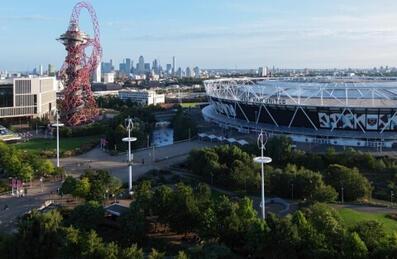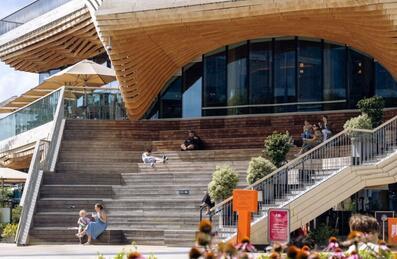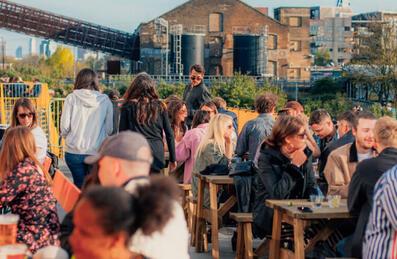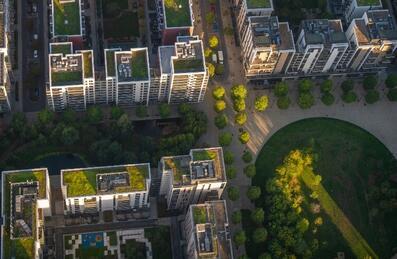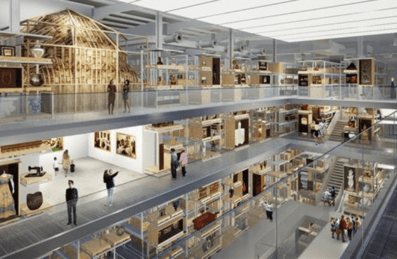
Popular Searches:
Keep up to date
Sign up today for exclusive offers and incredible experiences you won’t want to miss at Queen Elizabeth Olympic Park.
Sign up now
Open Spaces in London: Queen Elizabeth Olympic Park
Queen Elizabeth Olympic Park is the largest new urban park in the UK for over a century, and represents a now more familiar term in landscape design: ‘green infrastructure’. This means a landscape that not only acts as a park in the sense we normally understand it, but which works hard as an integrated part of its environment at the heart of a wider cluster of neighbourhoods or ‘Great Estate’.
LLDC seek to continue the legacy of high quality public realm & green space in the emerging neighbourhoods, ensuring that streets, parks and courtyards are considered as part of a connected whole. The Park Design Guide, Design Quality policy and Biodiversity action plan set out our ambition for public realm and green infrastructure for new developments. In addition, LLDC are pushing forward a number of transport infrastructure projects designed to improve walking and cycling connectivity into the Park and surrounding neighbourhoods.
The Park is multi-faceted like many large urban landscapes as it welcomes everyone with its porous edges and universal approach to access and facilities. It provides health and wellbeing benefits flowing from its natural capital and the Park has a Natural Capital Account which calculates the economic benefit of the green infrastructure in relation to health and wellbeing. Being a cultural asset that also has communal, social, aesthetic, evidential and historic value. The green infrastructure supports a multitude of activities and wildlife, helps by tackling the urban heat island effect and provides sustainable urban drainage systems to manage high rainfall events; taking 4,000 homes out of flood risk. Its contemporary design, with innovative planting and soil design, landforms, views and vistas, has created something special due to the scale and composition. As a cultural asset, the Park also has communal, social, aesthetic, evidential and historic value.
Inclusivity, biodiversity and sustainability
The Park’s creation was based on these strong themes which continues to this day with a successful Biodiversity Action Plan, Inclusive Design Standards and Sustainability Strategy. The materials and park furniture used on the site are catalogued in the Park Design Guide which signposts to best practice and design quality standards. These are embedded in the management and maintenance of the Park with an award-winning landscape management plan and multiple Green Flag Awards. For the design and management of high quality places the following components are considered:
- Amenity, play, recreation and sport
- Energy generation
- Health and wellbeing (physical and psychological)
- Resource management
- Education, skills and training
- Waste management and minimization
- Unique characteristics and topography
- Local food production
- Enhance watercourses / bodies
- Connectivity
- Culture and arts
- Regeneration
- Improved microclimate
- Community cohesion
- Biodiversity, ecology and habitat creation
- An inclusive place
- Integrated water management
- Sustainable and active transport
- Urban greening
- Public benefit



